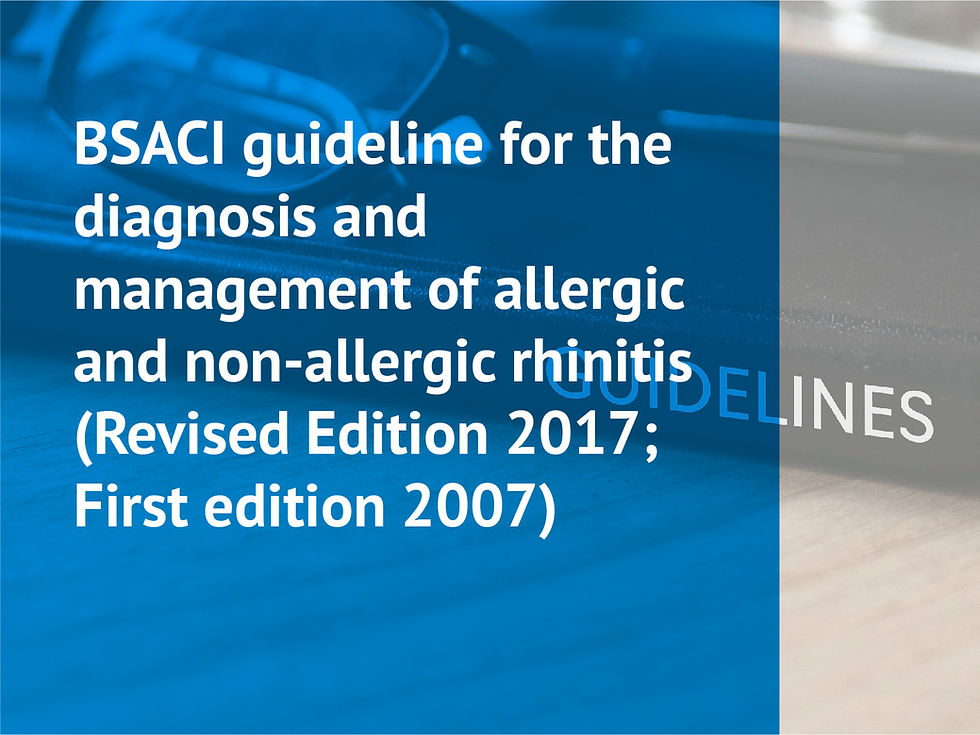ACG Clinical Guideline: Diagnosis, Treatment, and Prevention of Acute Diarrheal Infections in Adults
- yatidxm
- 27 Jun 2021
- 1 menit membaca
Diperbarui: 4 Jul 2021
INTRODUCTION
Acute diarrheal infection is a leading cause of outpatient visits, hospitalizations, and lost quality of life occurring in both domestic settings and among those traveling abroad. Th e Centers for Disease Control and Prevention has estimated 47.8 million cases occurring annually in the United States, at an estimated cost upwards of US$150 million to the health-care economy ( 1,2 ). Acute diarrhea can be defi ned as the passage of a greater number of stools of decreased form from the normal lasting <14 days. Some defi nitions require an individual to present with an abrupt onset 3 or more loose or liquid stools above baseline in a 24-h period to meet the criteria of acute diarrhea. Persistent diarrhea is typically defi ned as diarrhea lasting between 14 and 30 days, with chronic diarrhea generally considered as diarrheal symptoms lasting for greater than a month. Acute diarrhea of infectious etiology is generally associated with other clinical features suggesting enteric involvement including nausea, vomiting, abdominal pain and cramps, bloating, fl atulence, fever, passage of bloody stools, tenesmus, and fecal urgency. Acute diarrheal infection is also oft en referred to as gastroenteritis, and some acute gastrointestinal infections may cause a vomiting predominant illness with little or no diarrhea.





